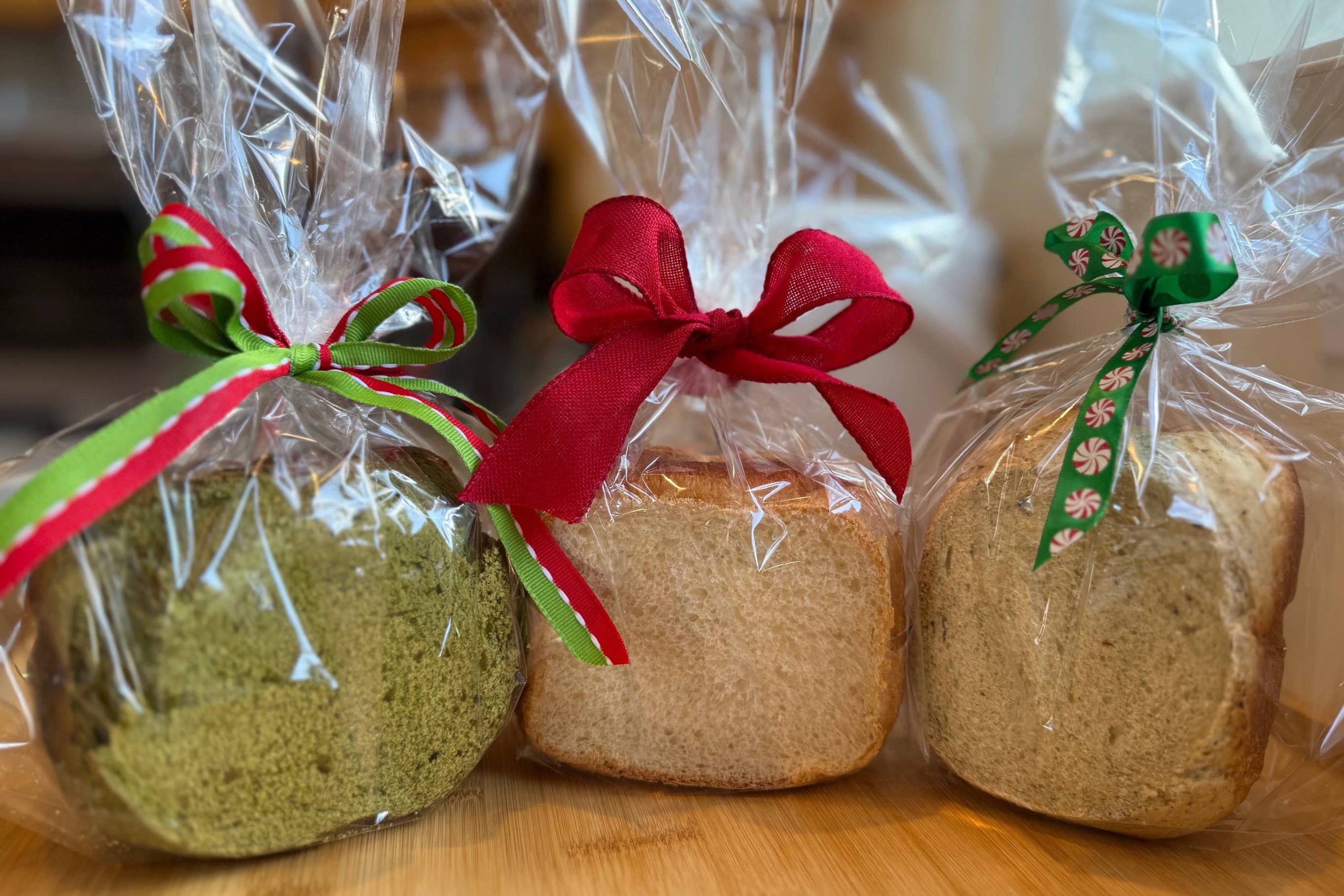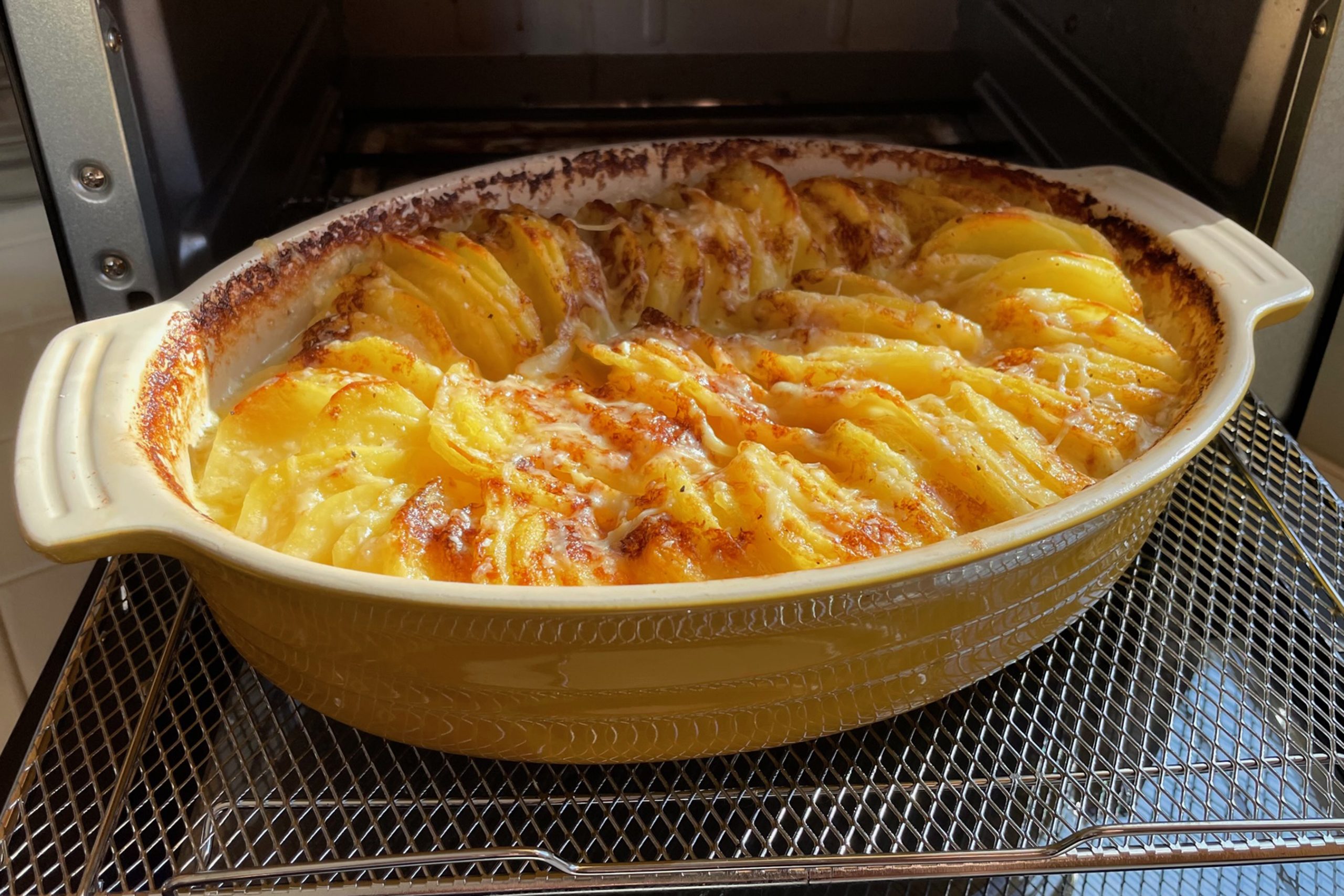Category: From Bert-san

Jolly Good Bread
Read more: Jolly Good BreadSince my baking skills are pretty limited, if I want to give away homemade baked…

Couch Potato Party
Read more: Couch Potato PartyAs of this writing, our family is deeply into watching the World Series on TV.…

BOO!
Read more: BOO!It’s Halloween Pancakes on parade! You know what? Pancake fun never gets old. And I…

Because of all the sandwiches there…
Read more: Because of all the sandwiches there…“Why is it impossible to starve in a desert?” Such an old joke…such a bad…

Cool Stuff
Read more: Cool StuffBy cool stuff I don’t mean just the Zojirushi stuff you own, I mean the…

The Thrill of the Grill
Read more: The Thrill of the GrillGrilling season has started and we’re ready to rock and roll at our house. Mind…




